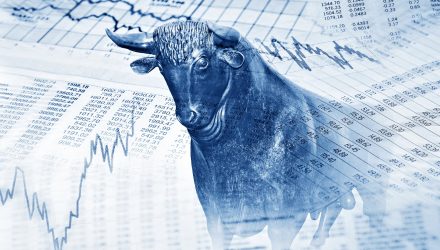The bull run in the stock market officially turned 10 years of age last Saturday, March 9. Despite fears of a global economic slowdown, the major indexes are still up to start 2019–the Dow Jones Industrial is up 9.20 percent, while the S&P 500 is 9.66 percent higher and the Nasdaq Composite is up 9.20 percent.
The rise comes as investors are picking themselves after a tumultuous way to end 2018. The Dow fell 5.6 percent, while the S&P 500 was down 6.2 percent and the Nasdaq Composite declined 4 percent.
2018 marked the worst year for stocks since 2008 and only the second year the Dow and S&P 500 fell in the past decade. In 2019, investors are no doubt reassessing their strategies for how to distribute their capital through the rest of the year.
“Bull markets don’t die of old age,” said Jason Ware, chief investment strategist and chief economist of Albion Financial. “I see no reason the bull market should abruptly end as long as the economy stays out of recession.”
However, other analysts feel that the bull market is on borrowed time. In addition to fears of a global economic slowdown permeating the markets, other investors feel the trigger event of a U.S.-China trade deal was already priced into the latest gains in the stock market.
“It’s a late-stage market with one last rally in it,” said Jared Woodard, global investment strategist for Bank of America Merrill Lynch.
In the video below, Tom McClellan, editor of the McClellan Market Report, joins “Squawk on the Street” discusses the current softness in the market. He says the bull market will continue on through 2021.
For more market trends, visit ETF Trends.








